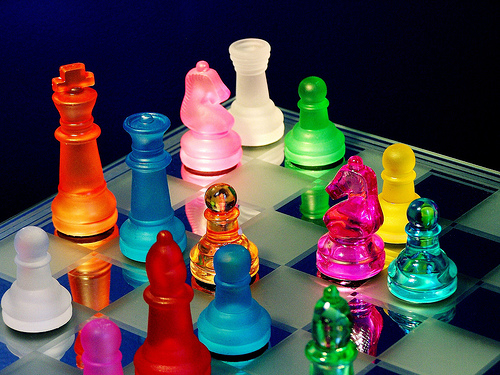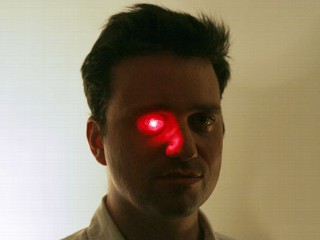Details of drastic MBTA cuts
By Globe Staff
Eliminate Green Line stops at Boston University, St. Paul Street, and everything on the E line beyond Brigham Circle.
Cut the private carrier bus program used by more than 600,000 annual riders in Hull, Canton, Medford, and Winthrop.
End weekday commuter rail service after 7 p.m.
The MBTA outlined drastic cuts in an internal budget analysis obtained by the Globe. By slashing 805 jobs and service used by almost 52 million annual riders, the agency could save a projected $75 million. It would be combined with fare hikes that would generate another $85 million to close a $160 million deficit.
The agency has delayed making the contingency plan public as it awaits action from the Legislature on a potential gas tax increase designed to rescue the state's transportation system.
Here is a full list of the cuts under consideration by the MBTA:
Bus
- Reduce weekday evening bus service by 50 percent after 8 p.m.
- Reduce weekend bus service by 50 percent
- Eliminate service at Quincy and Lynn bus garages after 9 p.m. weekdays and all day on weekends
- Eliminate highest net cost per passenger bus routes
- Moderate "surgical" cuts to bus service
- Eliminate routes due to network redundancy
- Reduce THE RIDE service area
Annual Ridership Loss: 15,524,761
T Jobs Lost: 361
Subway
- Eliminate customer service agents in subway stations
- Eliminate Mattapan trolley after 8 p.m. weekdays and all day weekends
- Eliminate selected Green Line B branch surface stations: BU East, BU West, and Pleasant St.
- Eliminate selected Green Line C branch surface stations: Brandon Hall, St. Paul St., and Hawes St.
- Eliminate E branch on weekends; extend C Line to Lechmere
- Eliminate E Line service beyond Brigham Circle
- Reduce weekday midday light rail and heavy rail service by 50 percent from 10 a.m. to 12:30 p.m.
- Reduce weekday evening light rail and heavy rail service by 50 percent after 8 p.m.
- Reduce weekend light rail and heavy rail service by 50 percent
Annual Ridership Loss: 28,344,935
T Jobs Lost: 441
Operations and Service Development
- Eliminate Suburban Bus Program subsidy
- Eliminate Private Carrier Bus Program in Hull, Canton, Medford, and Winthrop
- Eliminate Commuter Boat Program subsidy
- Reduce THE RIDE service area to within 0.75 miles of fixed route in 29 communities
Annual Ridership Loss: 2,264,470
T Jobs Lost: 3
Commuter Rail
- Eliminate weekday commuter rail service after 7 p.m.
- Eliminate all Saturday and Sunday commuter rail service
- Eliminate 16 commuter rail stations due to low usage or network redundancy
Annual Ridership Loss: 5,734,251
T Jobs Lost: -






































